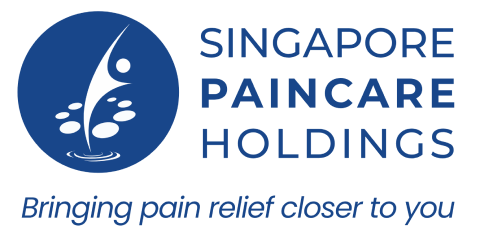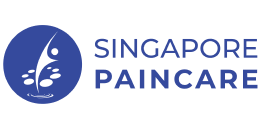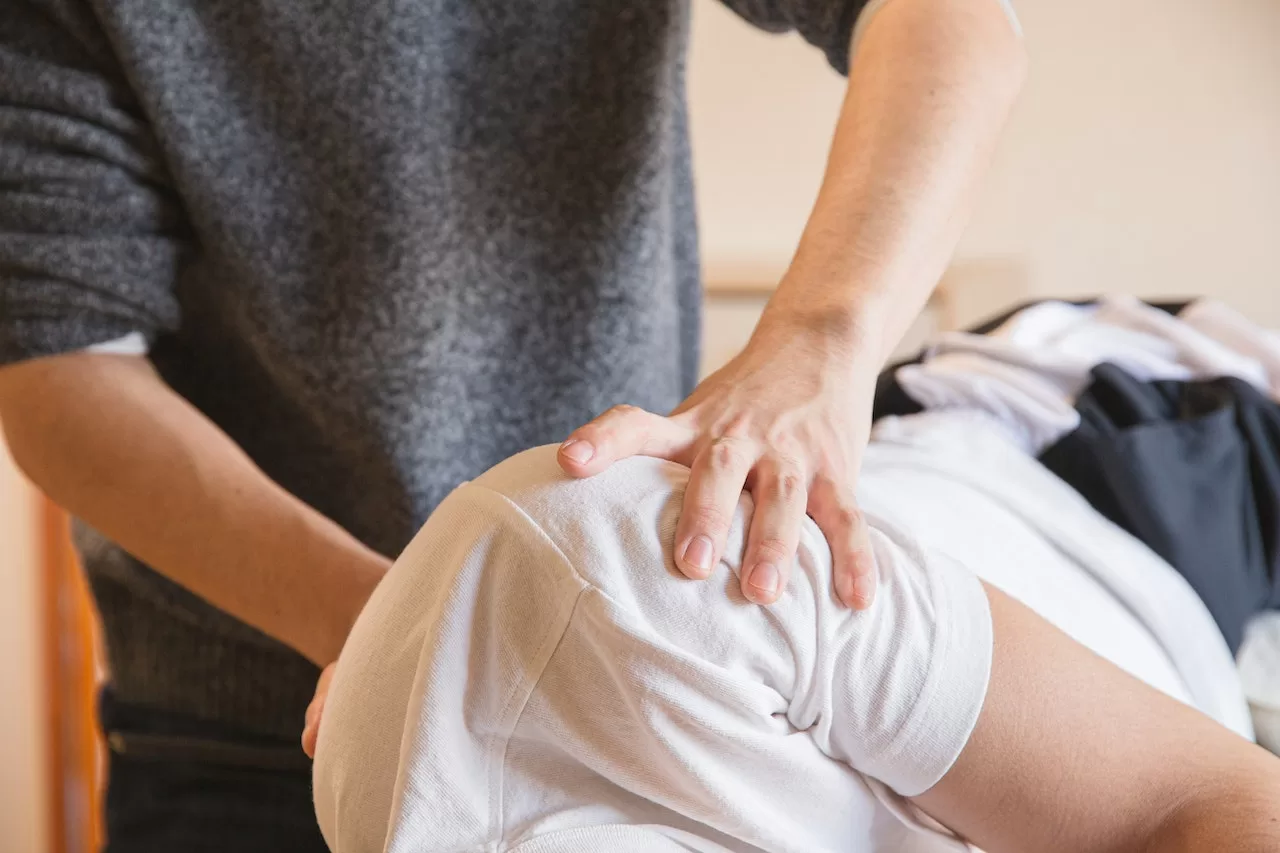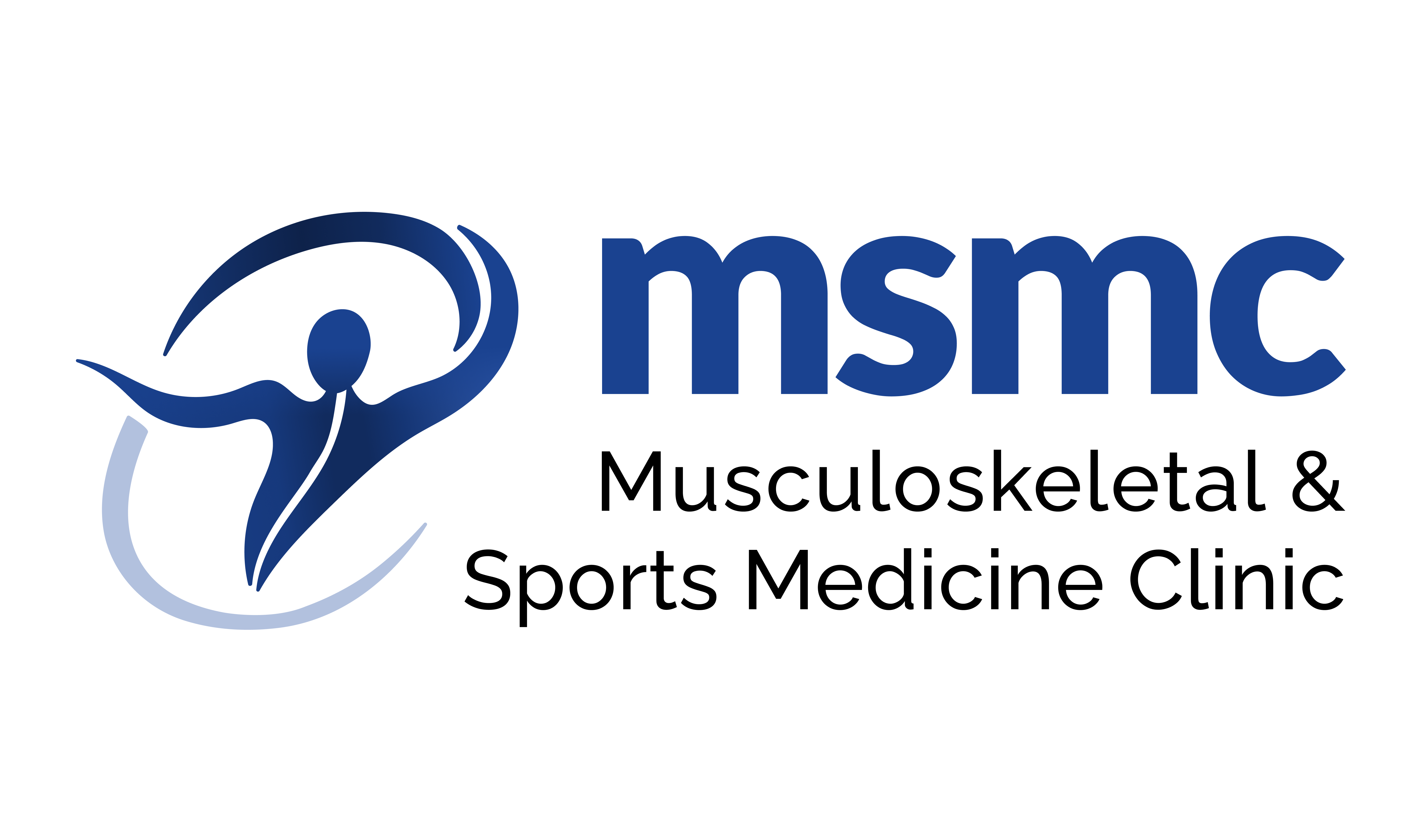Bringing pain relief closer to you
A healthcare group with a focus on the management of chronic pain conditions through our comprehensive pain care ecosystem.
About Us
16 Years Paincare Experience
Achieving pain relief for patients
Minimally Invasive Procedures
Provide an alternative to painkillers and open surgery
One-Stop Integrated Patient Service
From assessment, treatments, rehabilitation to long term wellness
Singapore Paincare Holdings Limited (“Singapore Paincare” or “the Group”) is a healthcare group with a focus on the treatment and management of chronic and acute pain. It was incorporated in 2018 and has been listed on the Singapore Exchange (SGX) since 30 July 2020.
The Group includes general practitioner clinics, specialist clinics, physiotherapy centres, a TCM clinic, and health screening facilities. Our holistic pain care ecosystem caters to patients at every point in their pain management journey.
About Us
Singapore Paincare Holdings Limited (“Singapore Paincare” or “the Group”) is a healthcare group with a focus on the treatment and management of chronic and acute pain. It was incorporated in 2018 and has been listed on the Singapore Exchange (SGX) since 30 July 2020.
The Group includes general practitioner clinics, specialist clinics, physiotherapy centres, a TCM clinic, and health screening facilities. Our holistic pain care ecosystem caters to patients at every point in their pain management journey.
16 Years Paincare Experience
Achieving pain relief for patients
Minimally Invasive Procedures
Provide an alternative to painkillers and open surgery
One-Stop Integrated Patient Service
From assessment, treatments, rehabilitation to long term wellness
Our Brands
What's New
-
Singapore Paincare Holdings Limited
601 Macpherson Road
#06-20/21 Grantral Mall
Singapore 368242 - enquiries@sgpaincare.com
- +65 6972 2257
-
- Mon-Fri: 9am – 6pm
- Weekends & PH: Closed
Get In Touch
Fill in the form below and we will get back to you promptly.
Our awards

Brands for Health 2020

National Business Awards 2023


























